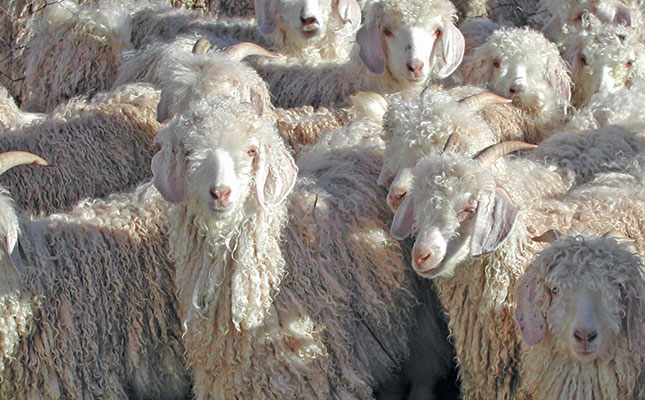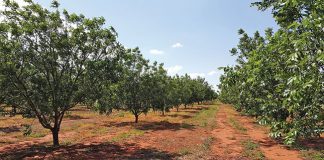
Photo: Roelof Bezuidenhout
The price for lightly contaminated mohair is 10% lower than for clean mohair of a similar micron and length. The price of medium seedy hair is 40% lower, while the value of heavily seedy hair drops by 80%!
Put another way, seed contamination can result in a serious amount of money going down the drain.
According to Pierre van der Vyver, general manager of mohair broker The House of Fibre, there are several ways to prevent or at least reduce these losses.
Prevention
The most effective way to prevent contamination of the hair is by keeping the flock out of seedy veld. But this is not always possible in good rainfall seasons.
If you can’t keep the entire flock out of seedy veld, at least try to keep the higher-value animals, such as kids, out of the seed, and feed them until they can be shorn.
The next best approach is to shear the goats before their fleeces can pick up seed, provided their hair is not too short.
If the hair is already seedy and long enough to shear, light seed can be removed by hand from the shorn fleece, but this is very labour-intensive. Keep different age groups and lengths separate when classing the hair.
Mechanical
You can also have some of the seed removed mechanically at one of the brokers’ warehouses. The House of Fibre uses a Piranha machine that is very successful at reducing seed load in fleeces and improving the grade from, say, heavy seed to medium seed.
Note, however, that the hair can only be treated in this way once, otherwise the fibres can be damaged.
After this process, the hair will still have to be sorted by hand. The financial gain from this option exceeds the cost, but the process takes a fairly long time. FW










